CNN
—
Renowned for its iconic, ancient architecture perched atop dusty hilltops, the Greek capital of Athens is not usually associated with green, open space. But this may soon change, as the city’s former international airport and its surrounding waterfront is set to be transformed into a giant coastal park bigger than London’s Hyde Park.
The site of Ellinikon International Airport, once a bustling gateway to Greece, has lain empty for almost two decades. After being decommissioned in 2001, the structure was left abandoned, besides a brief period during the 2004 Summer Olympic Games, when it hosted a softball pitch, a hockey field and a fencing venue. Today, rust-colored weeds, parched by the sun, poke out from old stands, in a sad turnaround from its glory days.
Early next year, developers will break ground on the Ellinikon Metropolitan Park, a 600-acre restorative landscape that will inject new life in the area and hopes to serve Athenians as a park, a playground, and a cultural center, while also strengthening the climate resiliency of the city.
“This is a generational and transformational project for Greece,” said Michael Grove, landscape architect for Sasaki, the Boston-based firm responsible for the project’s design. Athenians were “frustrated that this was an empty piece of important public land for 20 years,” he added. Sasaki is famous for its landscape architecture and urban design, responsible for New York’s Greenacre Park, Charleston Waterfront Park, and the 2008 Beijing Olympic Green.
Some of the site’s history will be preserved in its new form. The 1960s terminal hall designed by renowned Finnish-American architect Eero Saarinen, will stay standing, as will the massive runway light poles. More than 300,000 square feet of concrete and tarmac from former runways will be repurposed into benches and paving and other uses.
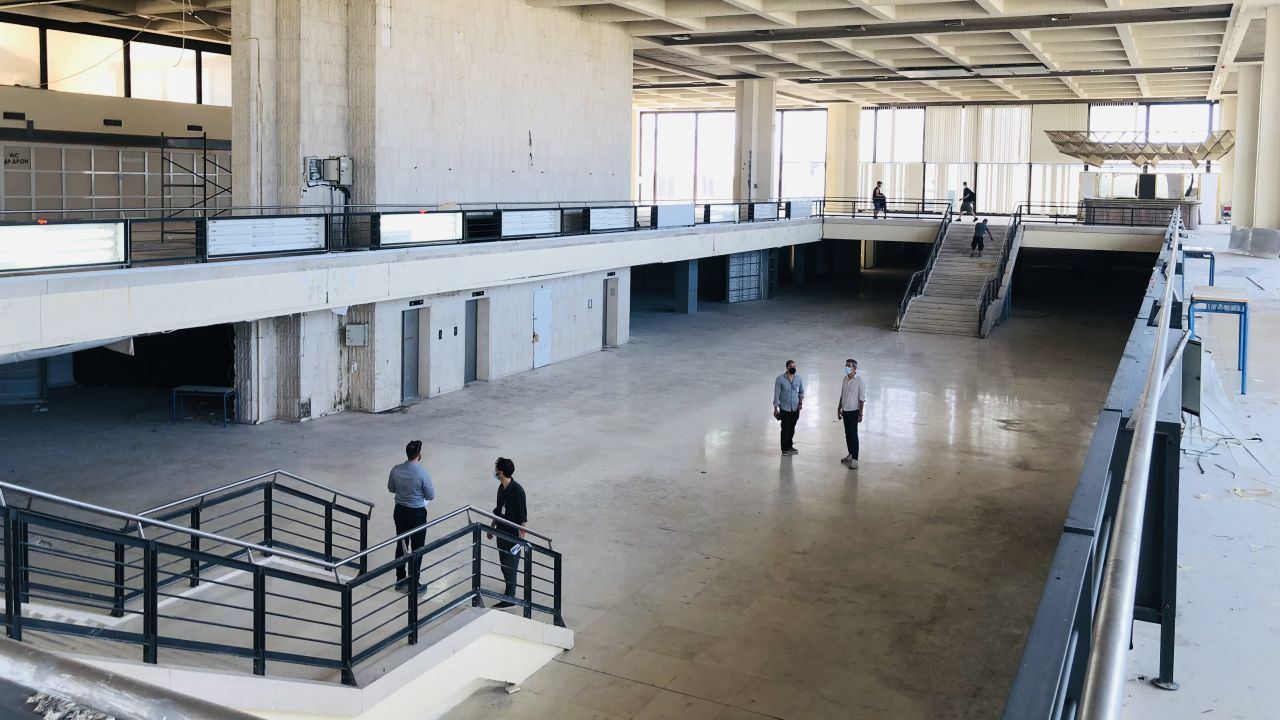
This “upcycling” approach helps to bolster the park’s environmental credentials, said Grove: “We’re using what we have on site through all this beautiful concrete – these 30-centimeter-thick, concrete slabs with marble aggregate the size of golf balls.” He added that they will also try to minimize carbon emissions once the park opens, by using an all-electric maintenance fleet and organic fertilizers and pesticides.
Throughout the park’s grounds, only species native to Greece will be planted, including 31,000 trees from 86 species and more than 3 million plants. Designers collaborated with Greek nurseries to source native seed mixes that would provide ecological benefits, while also thriving in the region’s increasingly arid climate.
Athens is already feeling the effects of climate change, with higher temperatures and more frequent extreme weather events. One 2018 study from Newcastle University, which analyzed the risks of climate change on 571 European cities, predicted Athens would experience some of the worst increases in severe drought and heatwaves by 2050.
Reclaim the runway: The second lives of former airports
Temperatures are exacerbated by the urban heat island effect, as the city’s concrete, stone and asphalt absorb and retain heat, explained Eleni Myrivilli, chief heat officer for the City of Athens and senior advisor on climate resilience at Atlantic Council’s Arsht-Rock Resilience Center. “Athens is very densely built, and all of the different surfaces are totally inappropriate for rising heat,” she said, adding that they don’t absorb water so can lead to flooding during increasingly common cloudbursts.
Green space can help to counter these effects. “We’re essentially inverting a site that was 80% hardscape … to 80% softscape,” said Grove, and replacing concrete or stone with trees and shrubs helps to absorb rainfall and create shade, which has a cooling effect.
To combat water scarcity, the park will be irrigated with treated wastewater supplied by a plant nearby, and a 3.7-acre lake – repurposed from the former Olympic canoe and kayak area – will collect and store stormwater.
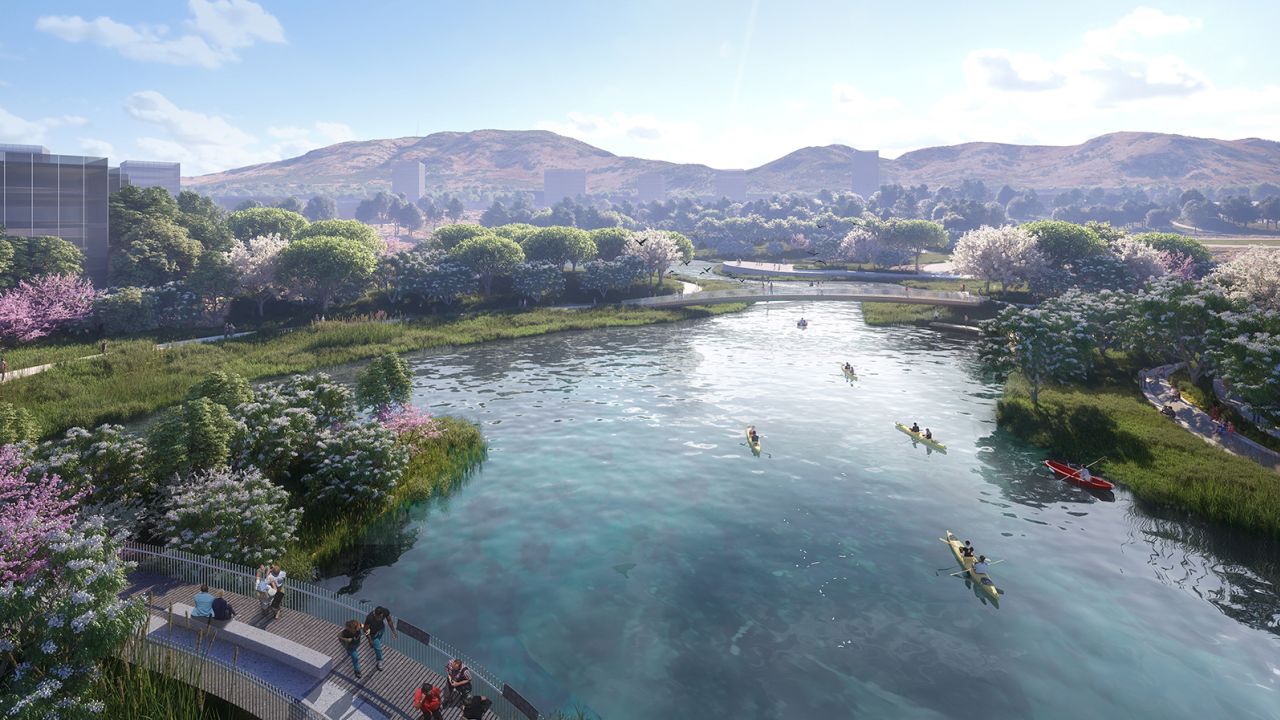
Such design features are crucial for a climate-resilient future, said Aleksandra Kazmierczak, climate change and health expert for the European Environment Agency (EEA). “Green spaces are one of the really effective modes of lowering temperatures in cities,” she said. “If cities are designed more like sponges that can take in excess water that can translate into economic benefits of not being flooded and not losing millions and billions of Euros in damage.”
Another major benefit of green spaces is the effect they can have on “physical health, mental health and social cohesion,” said Kazmierczak. People who live in greener environments tend to be less stressed and less obese, and green space can bring down levels of noise and air pollution which can have long-term health benefits, she added.
For Athens, a city where green space is sparse – one study from the EEA ranks it in the bottom five EU capitals for urban tree cover – a big green development is an exciting prospect, according to Myrivilli. While there have been other recent efforts to create green space and “pocket parks” within the city, none compare to the Ellinikon in terms of scale or attention to detail around nature-based solutions, she said.
“For the mental health and physical health of Athenians, it’s going to be a place for respite … and rebalancing from living in a very densely populated city,” she said, adding that it will be especially important for those who are less affluent and can’t afford to leave the city during the hot summers.
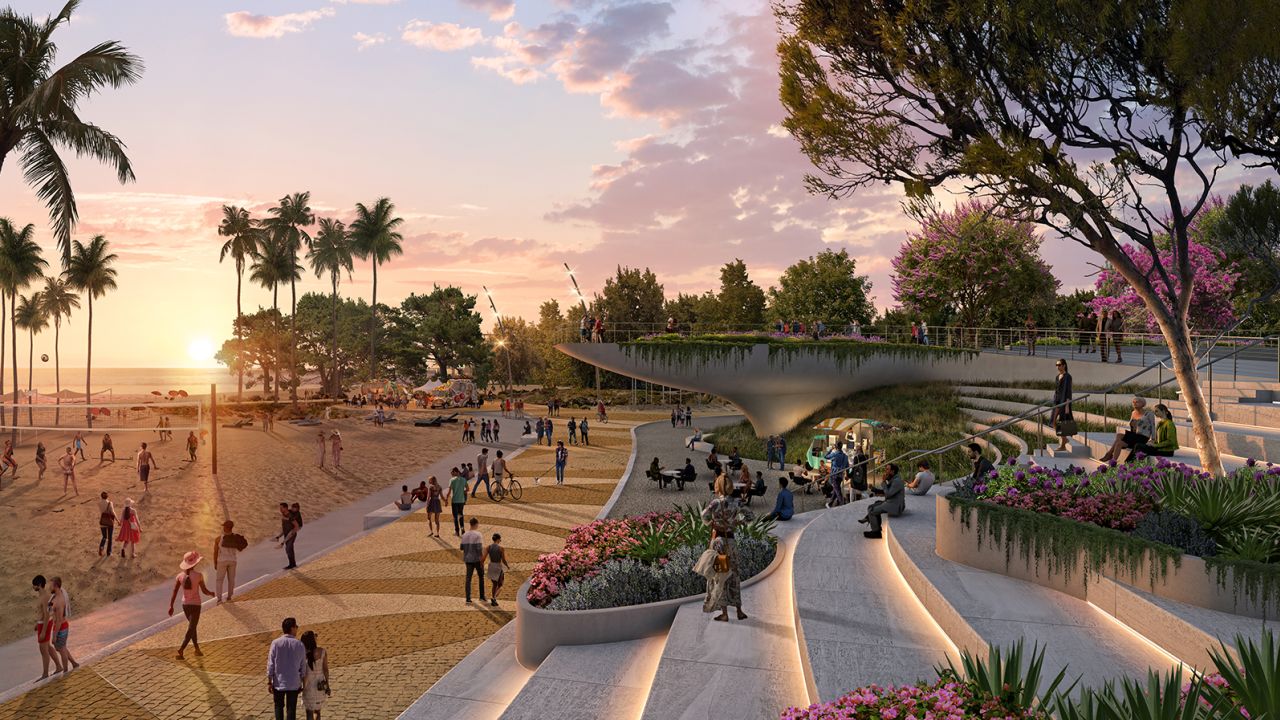
The Ellinikon will have something for everyone, said Grove. There will be sculpture parks, sport centers, open-air theaters, food and drink venues, and a public beach. With 50 kilometers of walking paths and 30 kilometers of cycle lanes, he wants Athenians to actively explore the area and engage with nature.
The project has been a long time coming. The idea to turn the space into a park was born before the airport was even decommissioned, but troubles over financing, the 2008 economic crisis, and disagreements over who would develop it, delayed the project again and again. In 2021, Greek real estate firm Lamda Development was formally awarded the contract, bringing in Sasaki and other architects for the design. Lamda estimates the project will cost around $8 billion, including the residential and commercial developments fringing the park.
Now momentum is finally here, the architects are determined to work quickly. The first phase of the park – approximately 250 acres including the central Olympic Square, on the city’s tram line, and the entire coastal front – is set to be completed by the end of 2025 or early 2026, said Grove.
He envisages Ellinikon becoming Athens’ equivalent to Central Park in New York – a place that could change how Athenians use public space, will contribute to the public and ecological health of the city, and will stand the test of time. “Looking at the history of Athens, we’re expecting this park, in some form or another, to be around for 1,000 years,” he said.
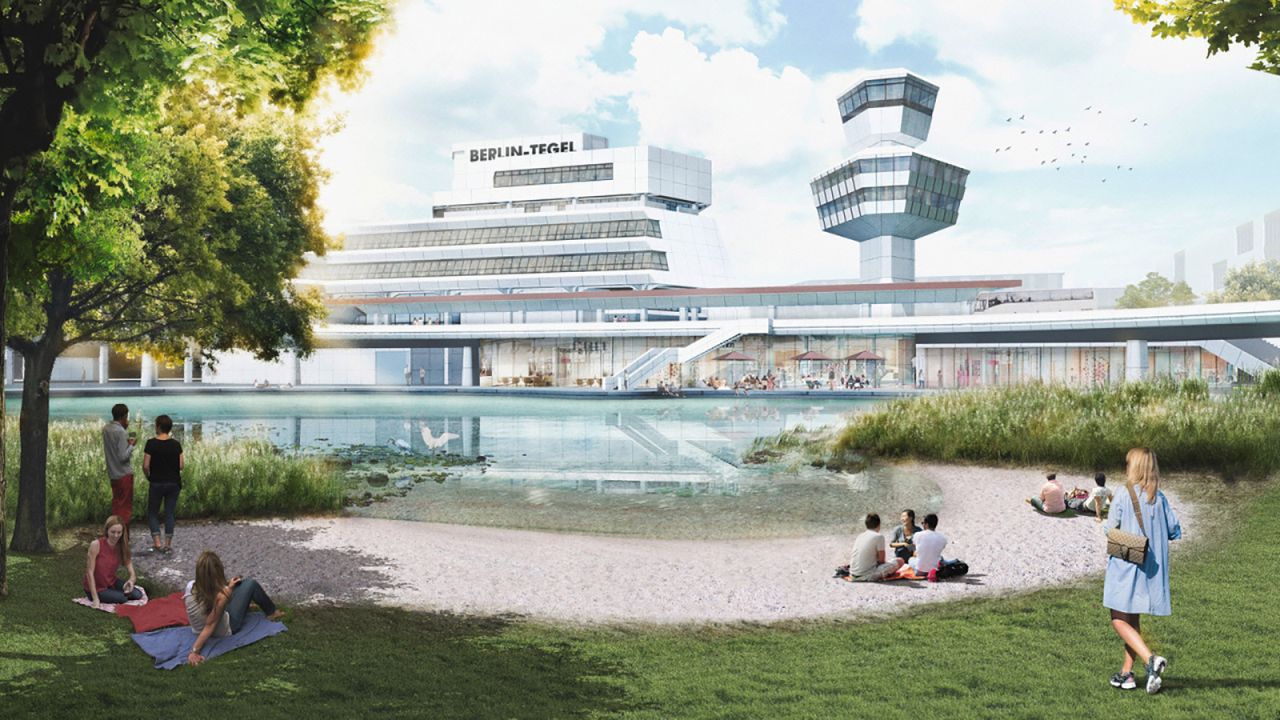


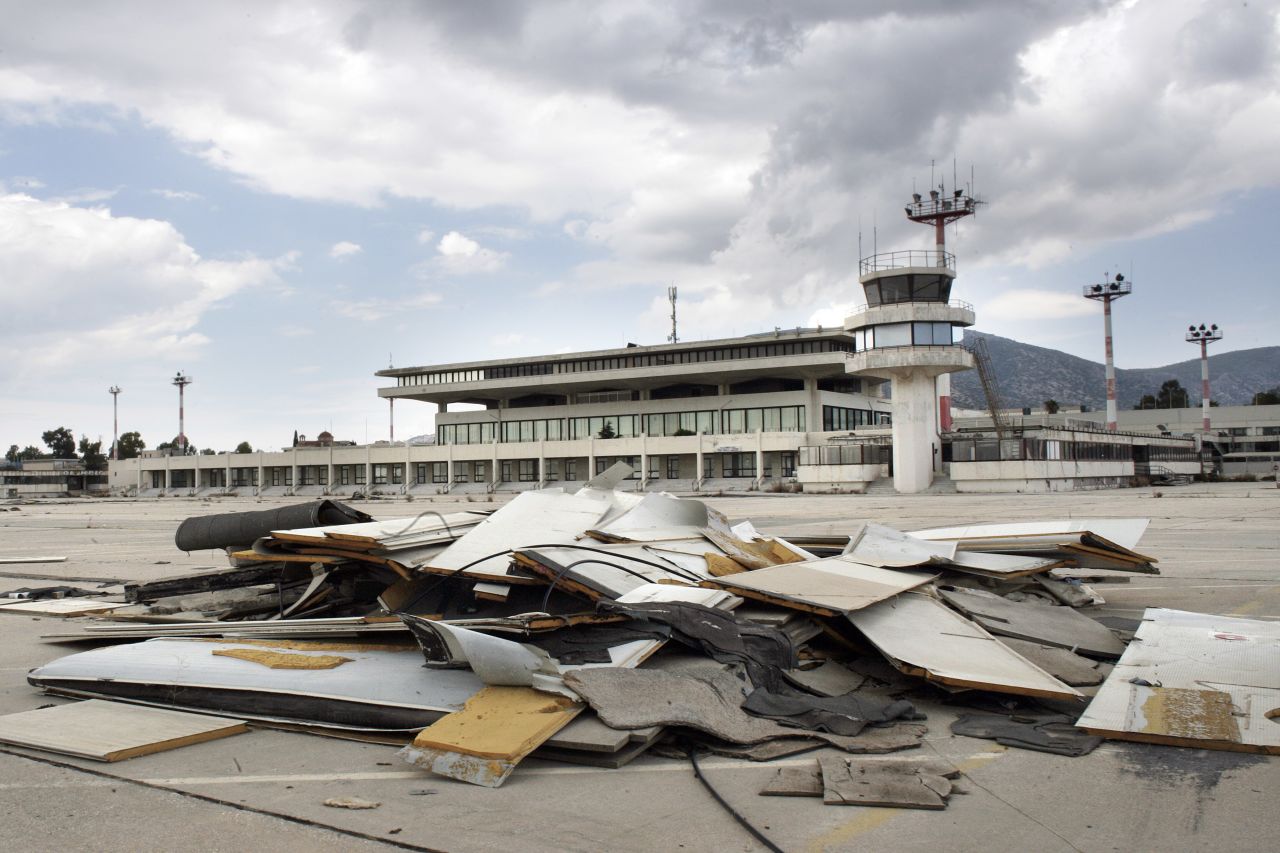 closing down in 2001. Parts of the derelict site were spruced up and used as venues for the 2004 Summer Olympics, but the airport was soon neglected again and left in limbo as a result of the 2008 financial crisis. ” class=”image_gallery-image__dam-img image_gallery-image__dam-img–loading” onload=’this.classList.remove(‘image_gallery-image__dam-img–loading’)’ height=”3328″ width=”4992″/>
closing down in 2001. Parts of the derelict site were spruced up and used as venues for the 2004 Summer Olympics, but the airport was soon neglected again and left in limbo as a result of the 2008 financial crisis. ” class=”image_gallery-image__dam-img image_gallery-image__dam-img–loading” onload=’this.classList.remove(‘image_gallery-image__dam-img–loading’)’ height=”3328″ width=”4992″/>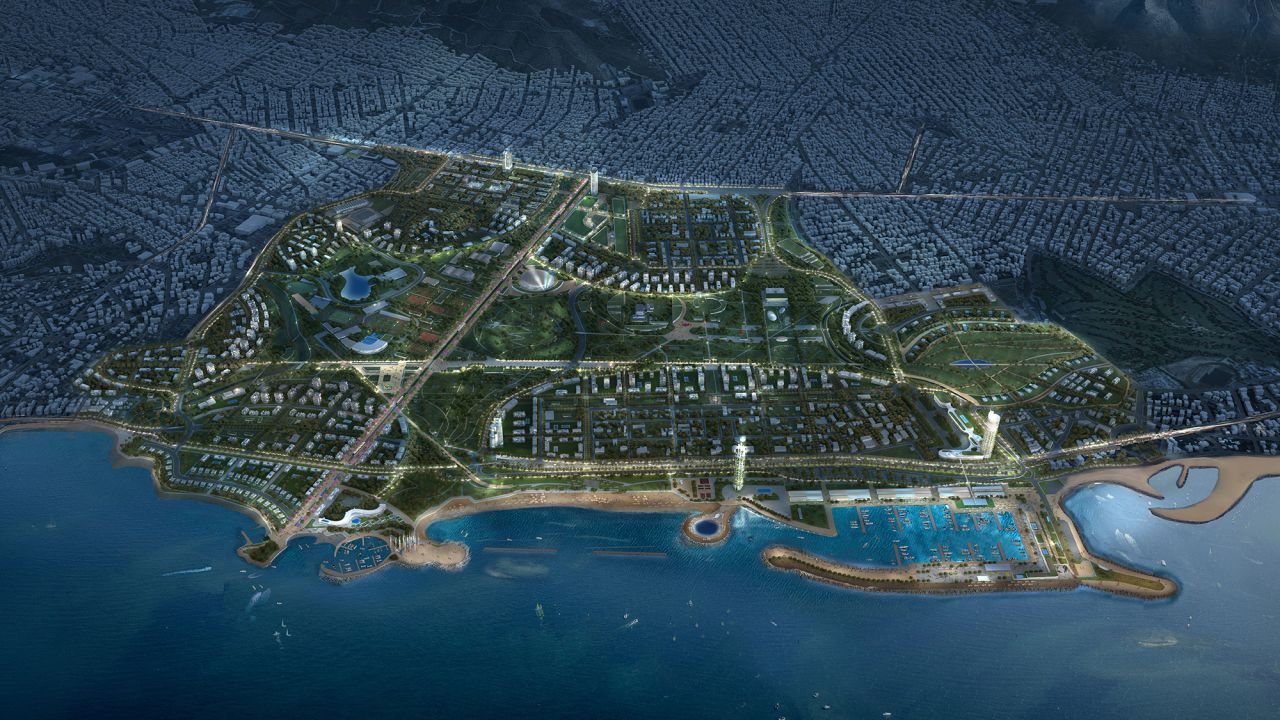 reportedly €8 billion ($7.9 billion) redevelopment of Hellinikon airport and surrounding area may soon be underway. The masterplan for
reportedly €8 billion ($7.9 billion) redevelopment of Hellinikon airport and surrounding area may soon be underway. The masterplan for 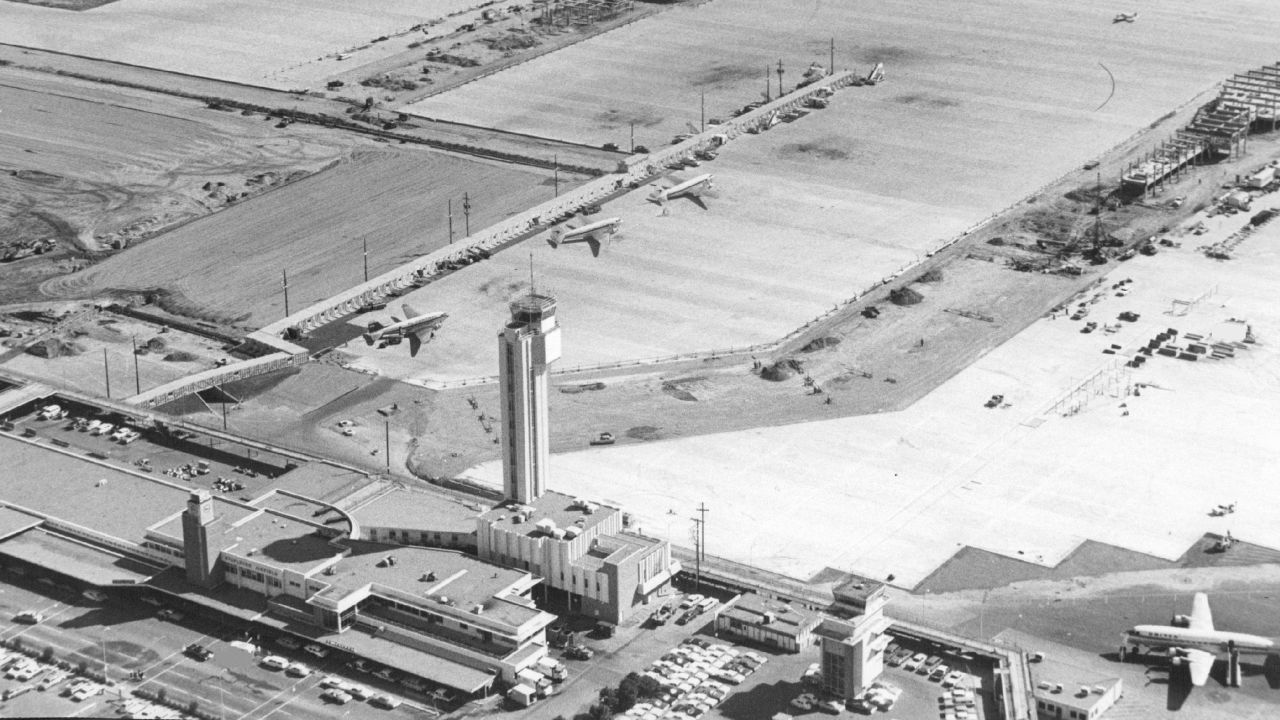
 restaurant decorated in homage to the golden age of aviation.” class=”image_gallery-image__dam-img image_gallery-image__dam-img–loading” onload=’this.classList.remove(‘image_gallery-image__dam-img–loading’)’ height=”1875″ width=”2500″/>
restaurant decorated in homage to the golden age of aviation.” class=”image_gallery-image__dam-img image_gallery-image__dam-img–loading” onload=’this.classList.remove(‘image_gallery-image__dam-img–loading’)’ height=”1875″ width=”2500″/>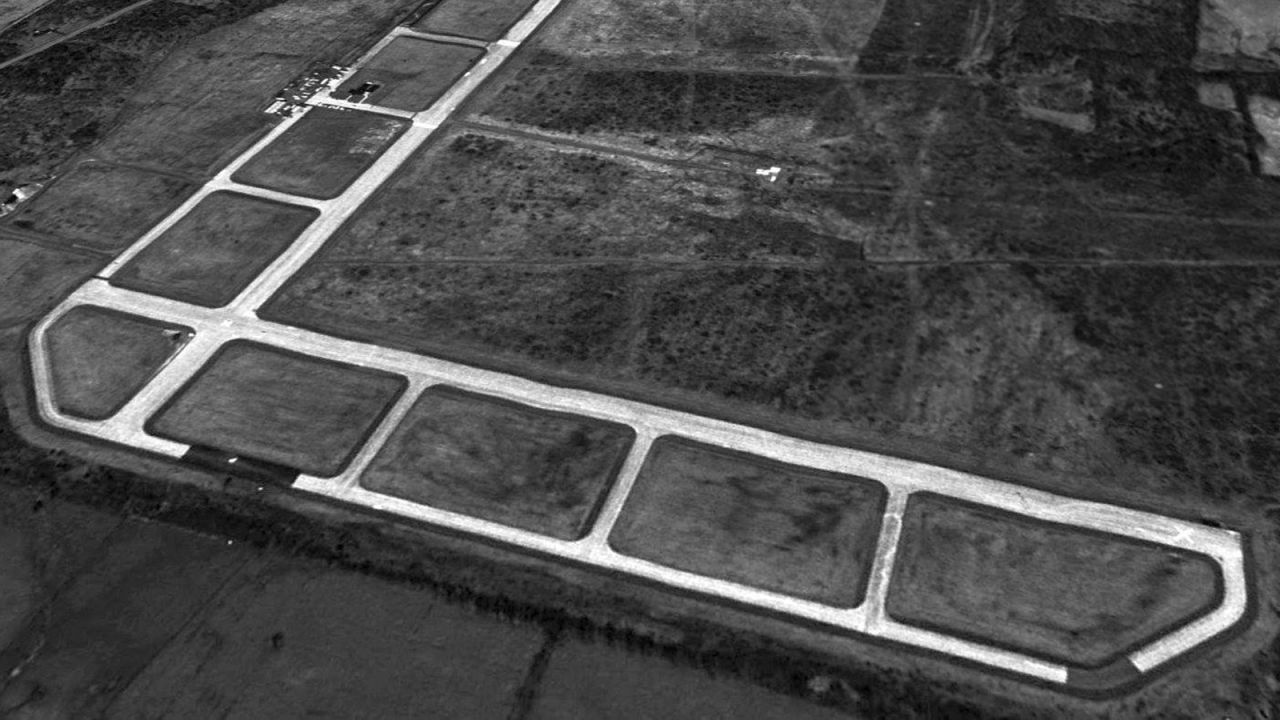 1994, the United States Military Academy at West Point closed the facility, and it later became a national wildlife refuge.” class=”image_gallery-image__dam-img image_gallery-image__dam-img–loading” onload=’this.classList.remove(‘image_gallery-image__dam-img–loading’)’ height=”900″ width=”1600″/>
1994, the United States Military Academy at West Point closed the facility, and it later became a national wildlife refuge.” class=”image_gallery-image__dam-img image_gallery-image__dam-img–loading” onload=’this.classList.remove(‘image_gallery-image__dam-img–loading’)’ height=”900″ width=”1600″/> US Fish and Wildlife Service.” class=”image_gallery-image__dam-img image_gallery-image__dam-img–loading” onload=’this.classList.remove(‘image_gallery-image__dam-img–loading’)’ height=”1045″ width=”1857″/>
US Fish and Wildlife Service.” class=”image_gallery-image__dam-img image_gallery-image__dam-img–loading” onload=’this.classList.remove(‘image_gallery-image__dam-img–loading’)’ height=”1045″ width=”1857″/>
 Templehof Field park, a 386-hectare open space that incorporates remnants from the old airport.” class=”image_gallery-image__dam-img image_gallery-image__dam-img–loading” onload=’this.classList.remove(‘image_gallery-image__dam-img–loading’)’ height=”1484″ width=”2637″/>
Templehof Field park, a 386-hectare open space that incorporates remnants from the old airport.” class=”image_gallery-image__dam-img image_gallery-image__dam-img–loading” onload=’this.classList.remove(‘image_gallery-image__dam-img–loading’)’ height=”1484″ width=”2637″/> the site of numerous serious accidents before it was closed in 2013.” class=”image_gallery-image__dam-img image_gallery-image__dam-img–loading” onload=’this.classList.remove(‘image_gallery-image__dam-img–loading’)’ height=”2005″ width=”3557″/>
the site of numerous serious accidents before it was closed in 2013.” class=”image_gallery-image__dam-img image_gallery-image__dam-img–loading” onload=’this.classList.remove(‘image_gallery-image__dam-img–loading’)’ height=”2005″ width=”3557″/> Parque Bicentenario (Bicentennial Park), which opened in April 2013. ” class=”image_gallery-image__dam-img image_gallery-image__dam-img–loading” onload=’this.classList.remove(‘image_gallery-image__dam-img–loading’)’ height=”2241″ width=”3983″/>
Parque Bicentenario (Bicentennial Park), which opened in April 2013. ” class=”image_gallery-image__dam-img image_gallery-image__dam-img–loading” onload=’this.classList.remove(‘image_gallery-image__dam-img–loading’)’ height=”2241″ width=”3983″/>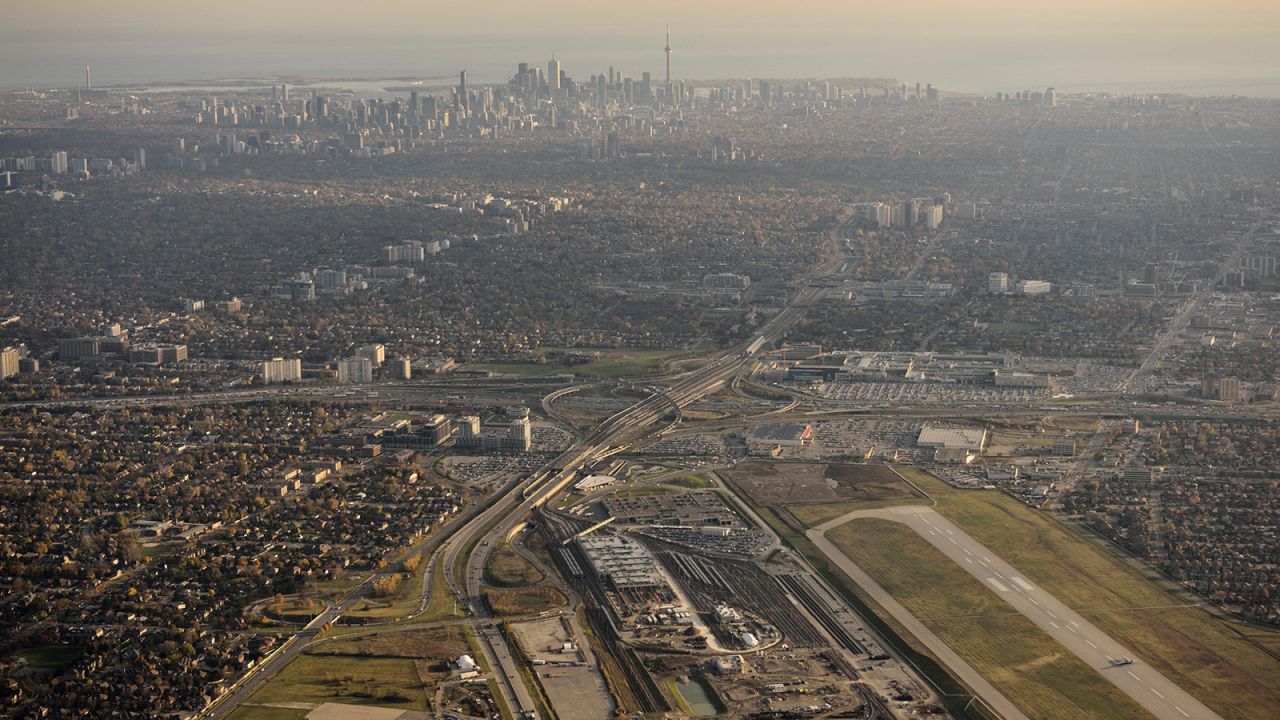 1999 it became part of Downsview Park,
1999 it became part of Downsview Park, 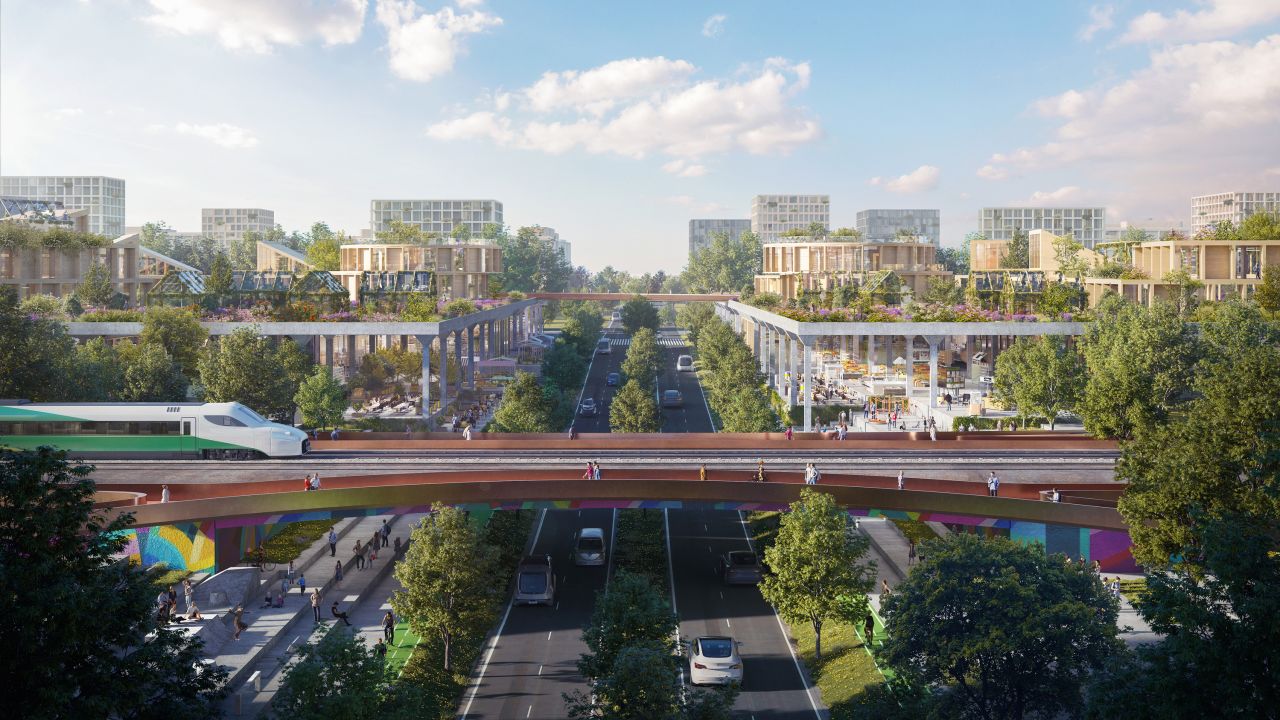 Downsview Framework Plan,” has been designed around the former airport’s two-kilometer (1.3-mile) runway, which would be pedestrianized and connect homes, business and retail spaces with parkland. Community consultation is still underway for the megaproject, which has a projected construction timeline running beyond 2050. ” class=”image_gallery-image__dam-img image_gallery-image__dam-img–loading” onload=’this.classList.remove(‘image_gallery-image__dam-img–loading’)’ height=”1687″ width=”3000″/>
Downsview Framework Plan,” has been designed around the former airport’s two-kilometer (1.3-mile) runway, which would be pedestrianized and connect homes, business and retail spaces with parkland. Community consultation is still underway for the megaproject, which has a projected construction timeline running beyond 2050. ” class=”image_gallery-image__dam-img image_gallery-image__dam-img–loading” onload=’this.classList.remove(‘image_gallery-image__dam-img–loading’)’ height=”1687″ width=”3000″/>